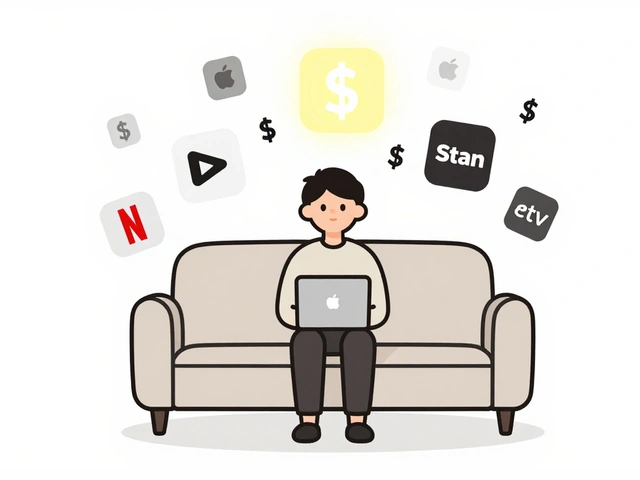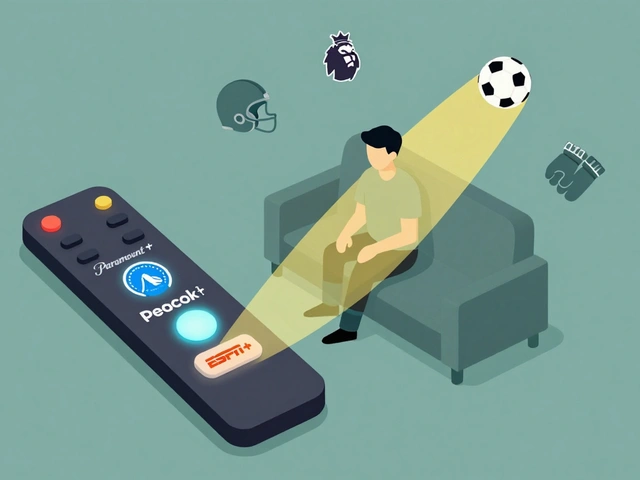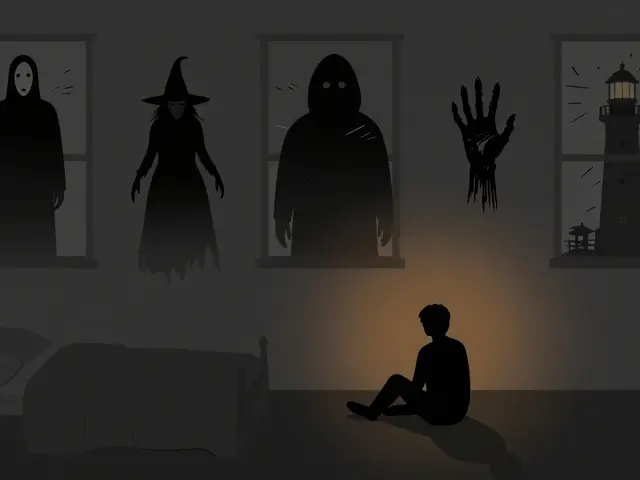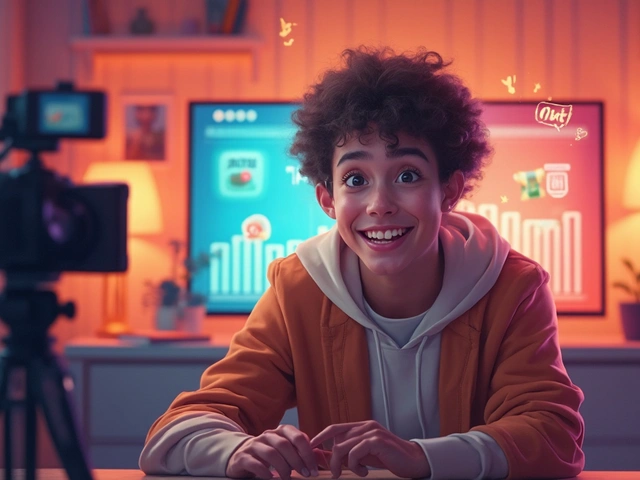Indie Horror: Raw, Real, and Unfiltered Fear in Independent Film
When you think of horror, you might picture big studios, Hollywood stars, and million-dollar effects. But some of the scariest movies ever made were shot in basements, garages, and abandoned buildings with nothing but a camera, a few actors, and pure imagination. That’s indie horror, a genre of horror films made outside the major studio system, often with minimal budgets and maximum creativity. Also known as independent horror, it’s where real fear lives—not in jump scares, but in the quiet moments that stick with you long after the credits roll.
Indie horror doesn’t need fancy gear to unsettle you. It thrives on atmosphere, psychological tension, and raw emotion. Think of films like The Blair Witch Project or Hereditary—both started small, but their impact was massive. These movies rely on things studios can’t replicate: authentic performances, real locations, and stories that feel too close to home. They often use found footage, a filming style that mimics real-life recordings, making the horror feel immediate and personal. Others lean into low-budget horror, a production approach where limitations become strengths—using shadows instead of CGI, silence instead of loud music. The result? Films that feel dangerous, unpredictable, and strangely real.
What makes indie horror different isn’t just the money—it’s the freedom. No studio executives demanding happy endings or sanitized scares. Directors can explore taboo subjects, weird folklore, or deeply personal trauma without worrying about box office numbers. That’s why you’ll find stories about haunted dolls, cults in rural towns, or psychological breakdowns that spiral out of control. These aren’t just horror movies—they’re emotional experiments. And because they’re made by people who care more about the story than the budget, they often push boundaries you didn’t even know existed.
Behind every great indie horror film is a team that wears ten hats. The writer also edits. The actor doubles as a grip. The director sleeps on the set. It’s messy. It’s exhausting. But it’s also where innovation happens. You’ll see techniques that later show up in big-budget films—creative lighting, sound design that plays with silence, camera movements that feel like a heartbeat. These aren’t accidents. They’re solutions born from necessity.
What you’ll find in this collection isn’t just a list of movies. It’s a look at how fear is made—from the first script draft to the final cut. You’ll see how creators stretch a $500 budget into a nightmare that haunts viewers for years. You’ll learn why some films succeed without marketing, and how social media turned obscure shorts into cult classics. Whether you’re a filmmaker trying to make your own horror movie, or just someone who loves a good scare that doesn’t cost $200 million, this is where the real horror story begins.
25
Horror Festivals Guide: Fantastic Fest, Sitges, and Genre Discoveries
Discover the world's top horror festivals-Fantastic Fest, Sitges, and hidden genre gems-where indie horror comes alive, new filmmakers break through, and fans experience fear like never before.
Latest Posts
Popular Posts
-
 App Layout Strategies: Organize Streaming Services by Genre and Use
App Layout Strategies: Organize Streaming Services by Genre and Use
-
 Best Educational TV Shows for Preschoolers, Elementary Kids, and Tweens
Best Educational TV Shows for Preschoolers, Elementary Kids, and Tweens
-
 How to Find All Your Streaming Subscriptions and Stop Overpaying
How to Find All Your Streaming Subscriptions and Stop Overpaying
-
 Paramount+ with Showtime vs. Peacock Premium vs. ESPN+: Which Sports Add-On Fits Your Viewing Habits?
Paramount+ with Showtime vs. Peacock Premium vs. ESPN+: Which Sports Add-On Fits Your Viewing Habits?
-
 Best Horror Movies on Streaming Services Right Now
Best Horror Movies on Streaming Services Right Now


